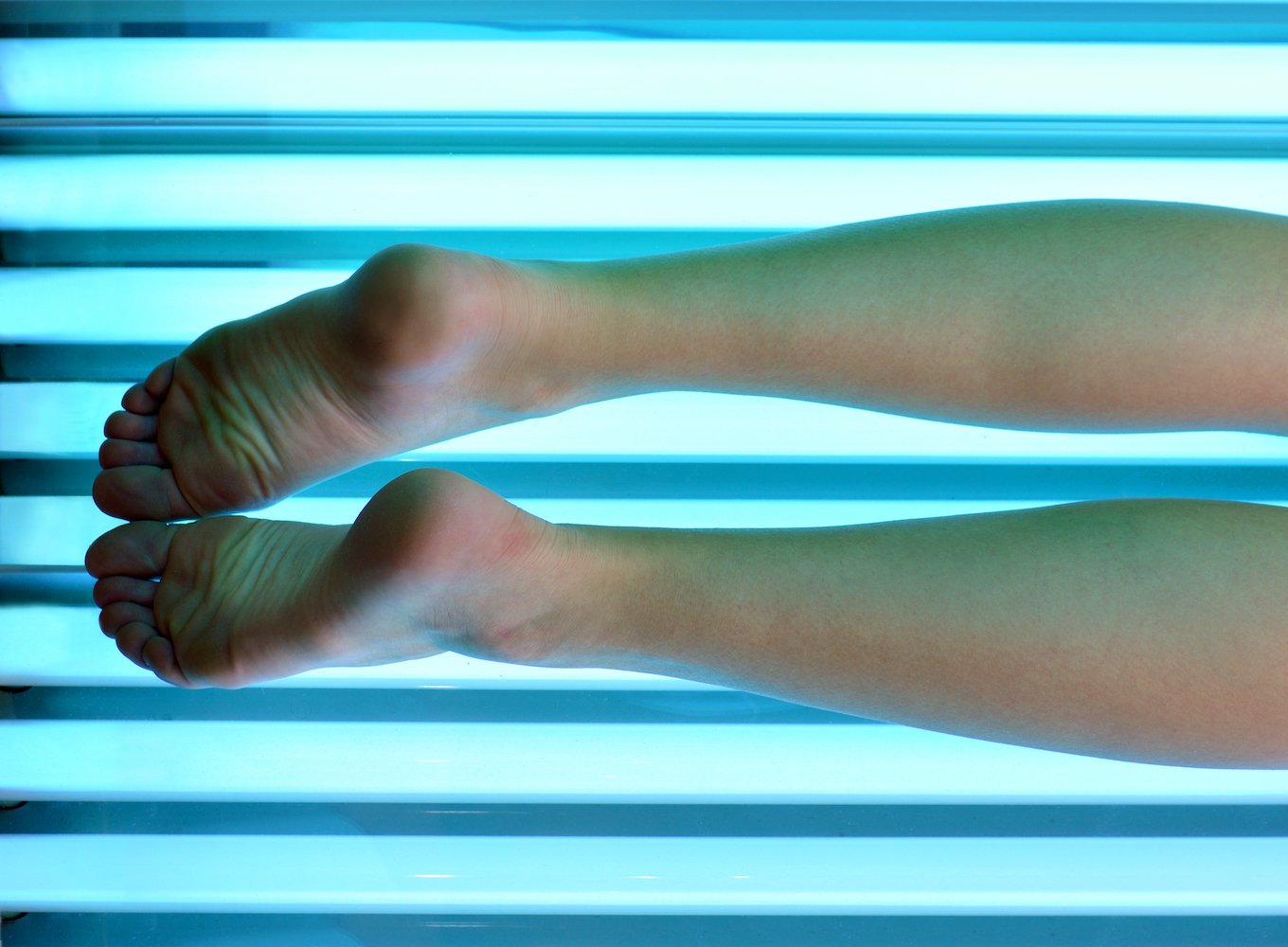Sunbed Users Tops in Vitamin D Levels

Canada’s sun-deprived northerly latitudes mean 90 percent of Canadians will be vitamin D deficient in the winter. That’s why it’s not surprising that regular sunbed users have the highest vitamin D levels of any group in Canada.
According to Canadian research published in the journal Public Health, by Edmonton vitamin D researcher Dr. Gerry Schwalfenberg, regular sunbed users and those who take high-dosage vitamin D supplements, have the highest vitamin D levels in Canada. Those who do not take supplements and who report receiving minimal sun exposure had the lowest vitamin D levels.
“It is called ‘The Sunshine Vitamin’ for a reason,” says Joint Canadian Tanning Association Director Steven Gilroy. “Over 90 percent of sunbeds in use today mimic UVB and UVA in summer sun, which is why sunbed users make vitamin D as a byproduct of their tanning sessions. Many sunbathe primarily for that reason.”
Vitamin D researchers now recommend target vitamin D levels — measured by blood concentration in a vitamin D blood test — of 100 to 150 nanomoles-per-litre. (www.D-Action.org — a panel of 41 of the world’s leading D researchers).
Here is how Canadian groups measured up in Dr. Schwalfenberg’s study:
The paper by Dr. Schwalfenberg — who has no relationship with the Canadian tanning community — is in line with other studies on this topic. A study on vitamin D and tanning published in the American Journal of Clinical Nutrition in 2004 showed regular sunbed users in the United States had 90 per cent higher vitamin D levels as compared with non-tanners.
A single sunbed session can trigger the production of up to 20,000 IU of vitamin D in the skin in a single visit — 200 times what is present in an 8-ounce glass of whole milk.
JCTA’s Gilroy — whose own vitamin D level measured 122 nmol/L at the end of the 2011 winter earlier this year as a sunbed user and dropped 43 per cent to deficient levels by the end of summer, during which he stopped tanning and followed health authorities’ vitamin D recommendations — points out that professional sunbed centers in Canada teach moderation and sunburn prevention.
SmartTan.com news articles regularly report medical and scientific information to keep you abreast of current events related to UV light. This information is not intended to be used by any party to make unwarranted health claims to promote sunbed usage. Indoor tanning businesses are obligated to communicate a fair and balanced message to all clients about your products and services including the potential risks associated with indoor tanning. Contact your Smart Tan representative to find out more about what you can and can’t say in your tanning salon business.
© 2020 International Smart Tan Network. All rights reserved.

